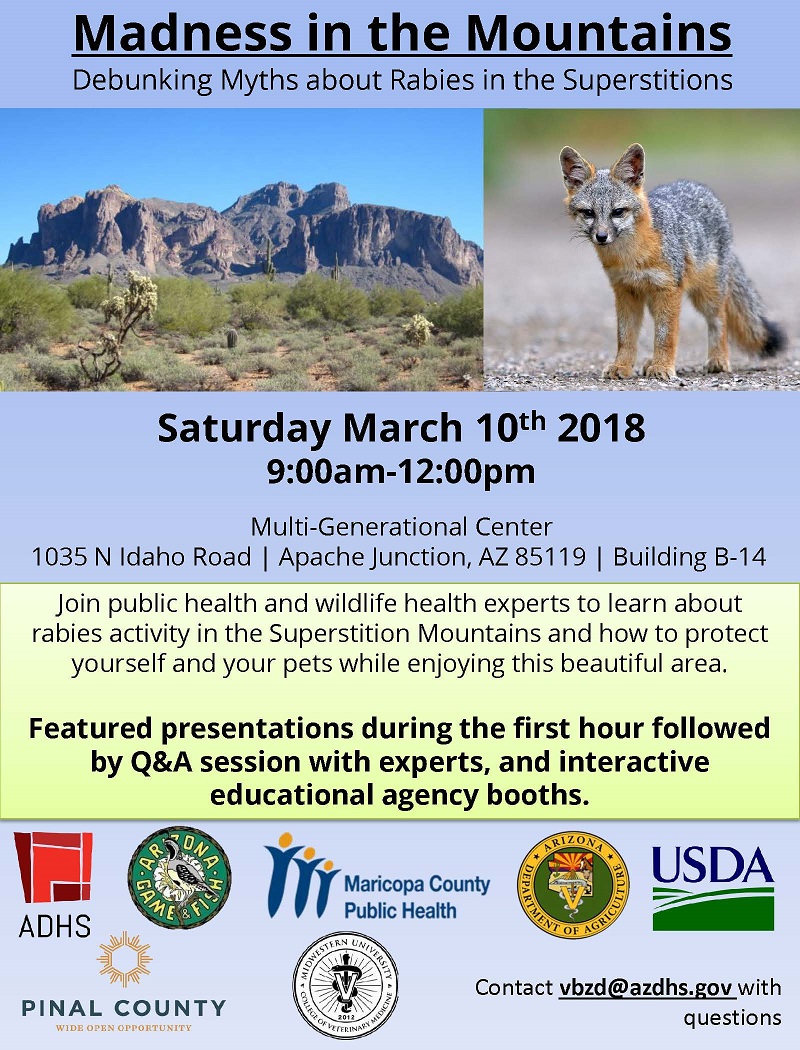 A recent CDC Vital Signs highlighted Legionnaire’s Disease, a serious and often deadly, lung infection (pneumonia) caused by the bacterium “Legionella”. People are exposed to Legionella when they breathe in mist (small droplets of water in the air) containing the bacteria.
A recent CDC Vital Signs highlighted Legionnaire’s Disease, a serious and often deadly, lung infection (pneumonia) caused by the bacterium “Legionella”. People are exposed to Legionella when they breathe in mist (small droplets of water in the air) containing the bacteria.
Most healthy people do not get sick after being exposed to Legionella. Elderly people, current or former smokers, and people with a chronic lung disease or weakened immune systems are at high risk for catching Legionnaire’s Disease. Many people being treated at health care facilities, including long-term care facilities and hospitals, have conditions that put them at greater risk of getting sick and dying from Legionnaire’s Disease.
Legionella grows best in buildings with water systems that are not managed effectively. Healthcare facility leaders should be aware that Legionnaire’s Disease is a risk in their facility and that they can take action to prevent infections. Healthcare facility leaders can:
- Build a team focused on keeping their facility’s water safe.
- Create and use a water management program to limit Legionella and other waterborne germs from growing and spreading.
- Work with healthcare providers to identify Legionnaire’s Disease cases early and determine if the cases may be associated with a healthcare facility. Healthcare facilities should report Legionnaire’s Disease cases to local public health authorities quickly and work with them to investigate and prevent additional cases.
Our department is working closely with county health partners in conducting Legionnaire’s Disease surveillance in Arizona and protecting our communities from Legionnaire’s Disease.
For more information about Legionnaire’s Disease visit the CDC website.











